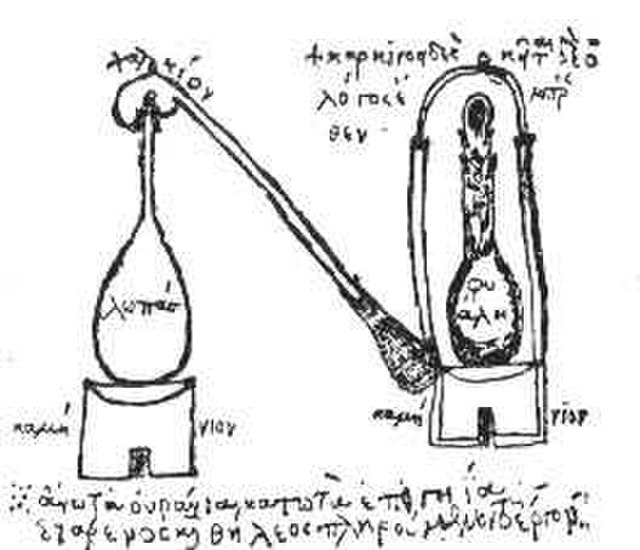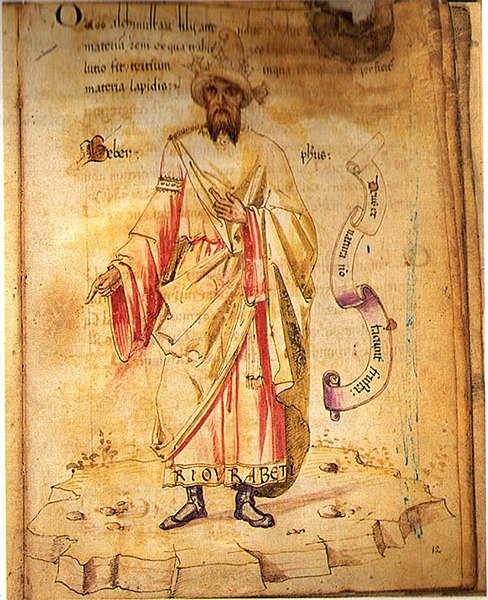In alchemy, the Magnum Opus or Great Work is a term for the process of working with the prima materia to create the philosopher's stone. It has been used to describe personal and spiritual transmutation in the Hermetic tradition, attached to laboratory processes and chemical color changes, used as a model for the individuation process, and as a device in art and literature. The magnum opus has been carried forward in New Age and neo-Hermetic movements which sometimes attached new symbolism and significance to the processes. The original process philosophy has four stages:nigredo, the blackening or melanosis
albedo, the whitening or leucosis
citrinitas, the yellowing or xanthosis
rubedo, the reddening, purpling, or iosis
Colors of the magnum opus seen on the breastplate of a figure from Splendor Solis
Alchemy is an ancient branch of natural philosophy, a philosophical and protoscientific tradition that was historically practised in China, India, the Muslim world, and Europe. In its Western form, alchemy is first attested in a number of pseudepigraphical texts written in Greco-Roman Egypt during the first few centuries AD.
Depiction of an Ouroboros from the alchemical treatise Aurora consurgens (15th century), Zentralbibliothek Zürich, Switzerland
Ambix, cucurbit and retort of Zosimos, from Marcelin Berthelot, Collection des anciens alchimistes grecs (3 vol., Paris, 1887–1888)
15th-century artistic impression of Jabir ibn Hayyan (Geber), Codici Ashburnhamiani 1166, Biblioteca Medicea Laurenziana, Florence
"An illuminated page from a book on alchemical processes and receipts", ca. 15th century





